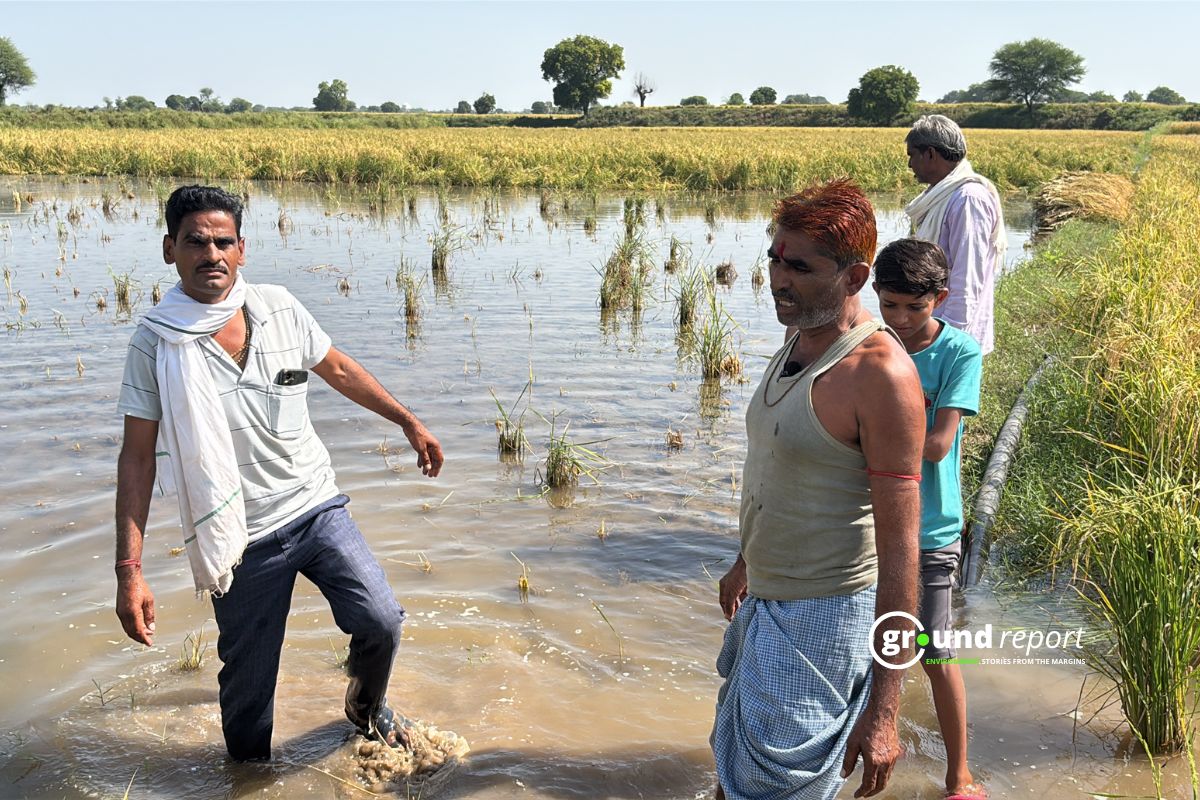As typhoons, floods, heat waves and droughts in the Asia-Pacific region highlight the need for decisive climate action, too few of its countries are sufficiently meeting their commitments, a study finds.
“Nowhere is the urgency for climate action more evident than in this region. In 2022, countries experienced unprecedented climate-induced disasters”, indicated the report released by the Economic Commission for Asia and the Pacific (ESCAP).
Those disasters resulted in “human and economic losses that are undermining the hard-won development gains in developed and developing countries” in the region.
The report says that few countries in the region do what is necessary to meet and update their commitments and must increase and accelerate their climate ambitions to meet the reduction of greenhouse gas emissions, which warm the atmosphere and degrade the climate with their impacts.
Asia-Pacific is the most disaster-prone region in the world. With long coastlines, low-lying territories, and many small island states, its geography makes it highly susceptible to sea level rise and extreme weather events.
And unlike developed countries, many nations in the region are coping with the effects of climate change and, at the same time, trying to raise the standard of living of their populations.
As of August 2022, 39 of the 49 countries included in the report have made commitments to carbon neutrality (emitting the same amount of CO2 – carbon dioxide – into the atmosphere as is removed) and have begun to develop frameworks to implement them.
However, very few of these pledges are backed by up-to-date and ambitious Nationally Determined Contribution (NDC) commitments, which will be assessed by the 27th UN Climate Change Conference of the Parties (COP27), which begins in Sharm el Sheikh, in Egypt, on Sunday, November 6.
The NDCs are crucial to advancing the goal that by mid-century the temperature on the planet does not exceed 1.5 degrees Celsius above the levels of the pre-industrial era (1850-1900).
Additionally, 38 of the 49 countries in the Asia-Pacific region have submitted updated NDCs, which together contribute to 95% of regional emissions. However, most major emitters are lagging behind.
Australia and South Korea are the only countries in this group that have presented a higher ambition in the updated NDCs in 2022, compared to those existing when COP26 was held last year in Glasgow, United Kingdom.
Together, the 49 countries in Asia and the Pacific were responsible for more than half of global greenhouse gas emissions in 2020.
Its current NDC commitments are projected to result in a 16% increase in emissions over 2010 levels, rather than the required 45% reductions towards the 1.5 degree Celsius threshold.
ESCAP asserts that Asia-Pacific will only be able to drive ambitious climate action when regional carbon neutrality commitments are backed by higher ambition from NDC commitments and long-term low-emission strategies.
The report includes a special feature on engaging children and young people in raising national climate ambition, showing that civil society, and especially young people, are leading the charge for climate action and advocating for more urgent and stronger action. ambition.
The text advocates creating a seat at the table for all stakeholders, in particular children and youth, in the creation and implementation of climate action policies, programs and decisions to facilitate the implementation of zero and carbon neutrality commitments net emissions.
Keep Reading
Part 1: Cloudburst in Ganderbal’s Padabal village & unfulfilled promises
India braces for intense 2024 monsoon amid recent deadly weather trends
Support us to keep independent environmental journalism alive in India.
Follow Ground Report on X, Instagram and Facebook for environmental and underreported stories from the margins. Give us feedback on our email id greport2018@gmail.com.
Don’t forget to Subscribe to our weekly newsletter, Join our community on WhatsApp, and Follow our YouTube Channel for video stories.








